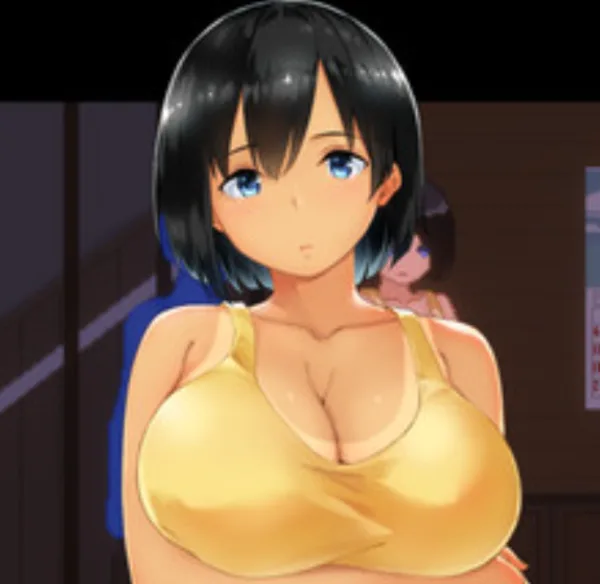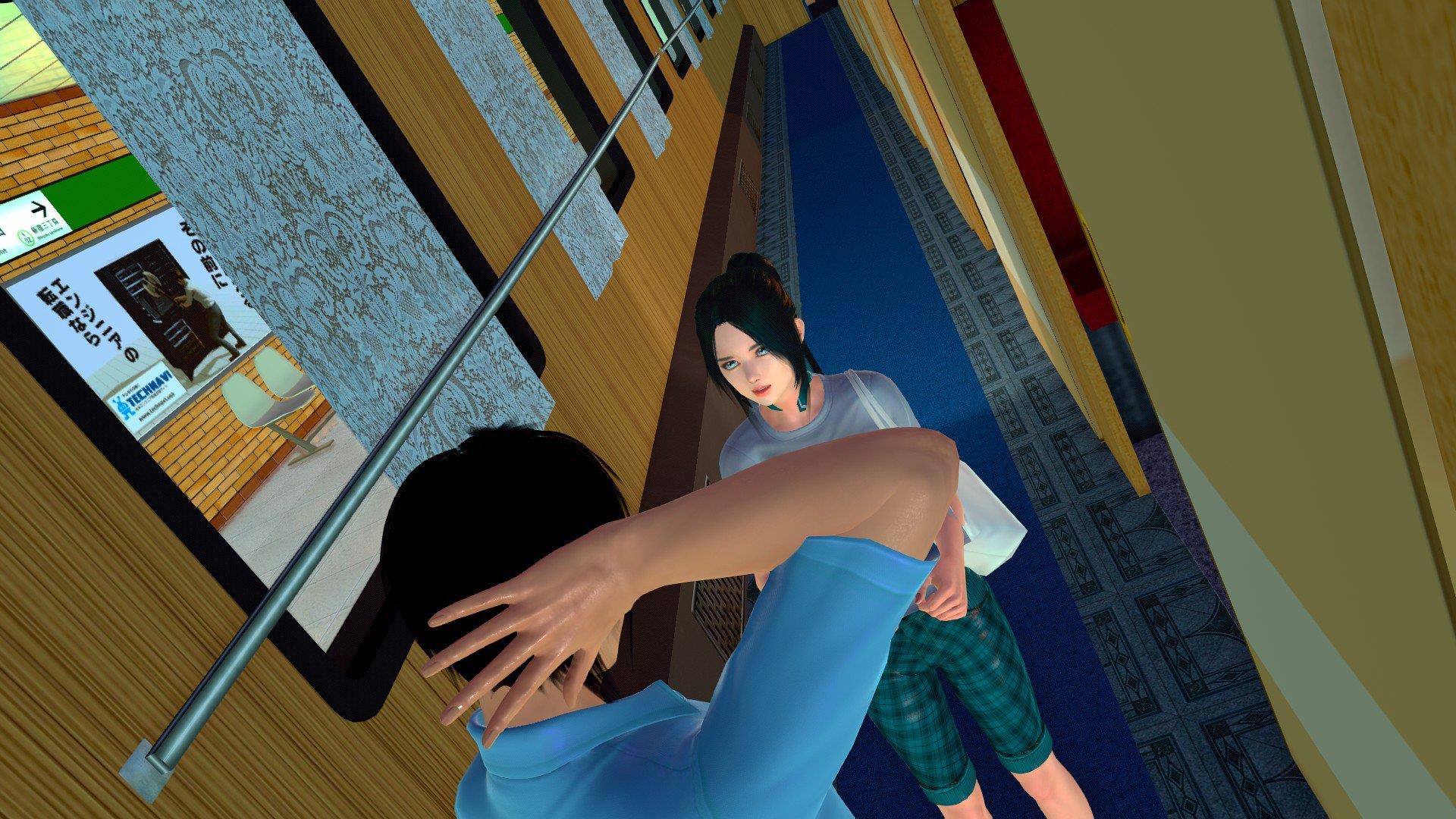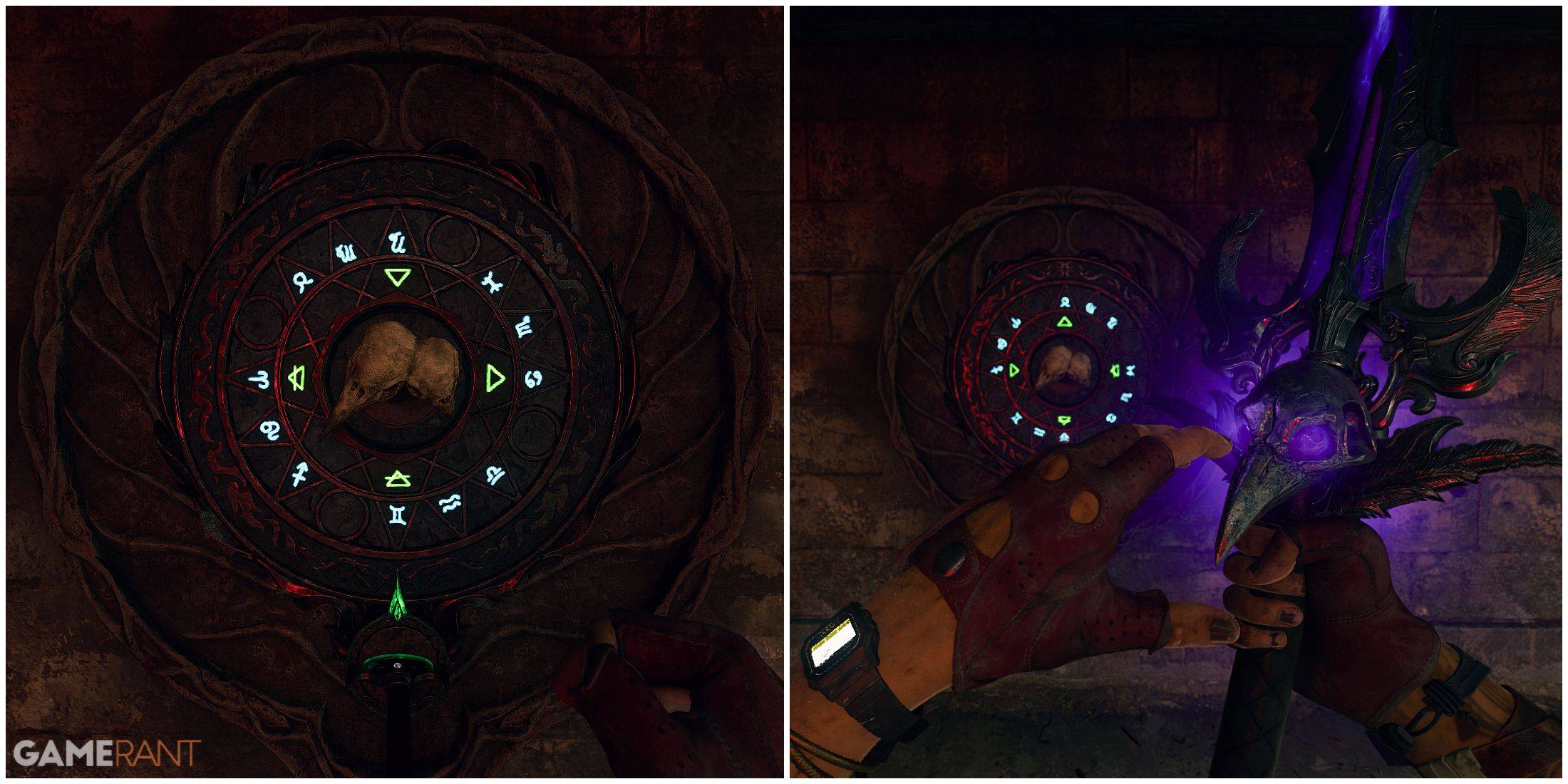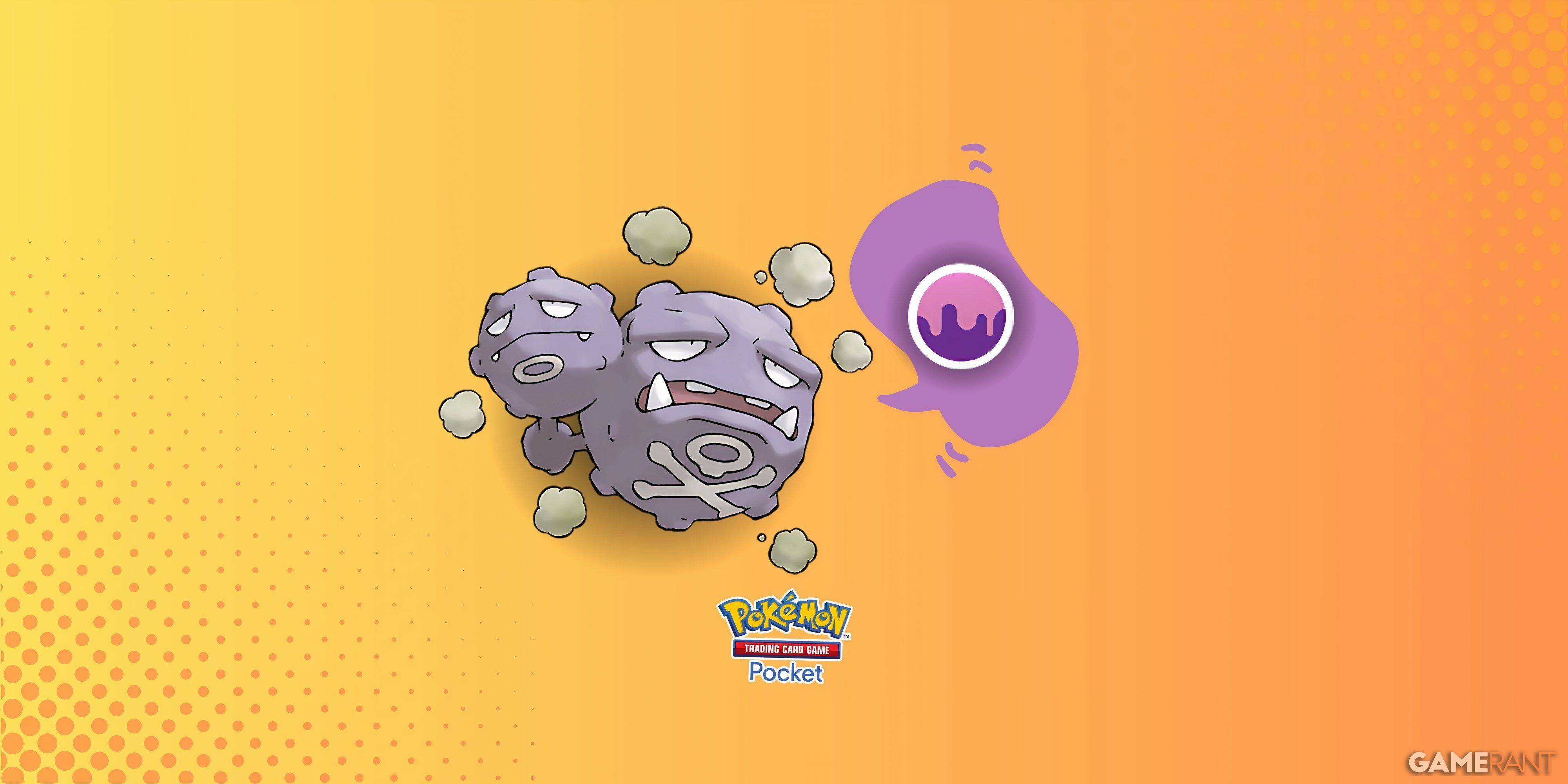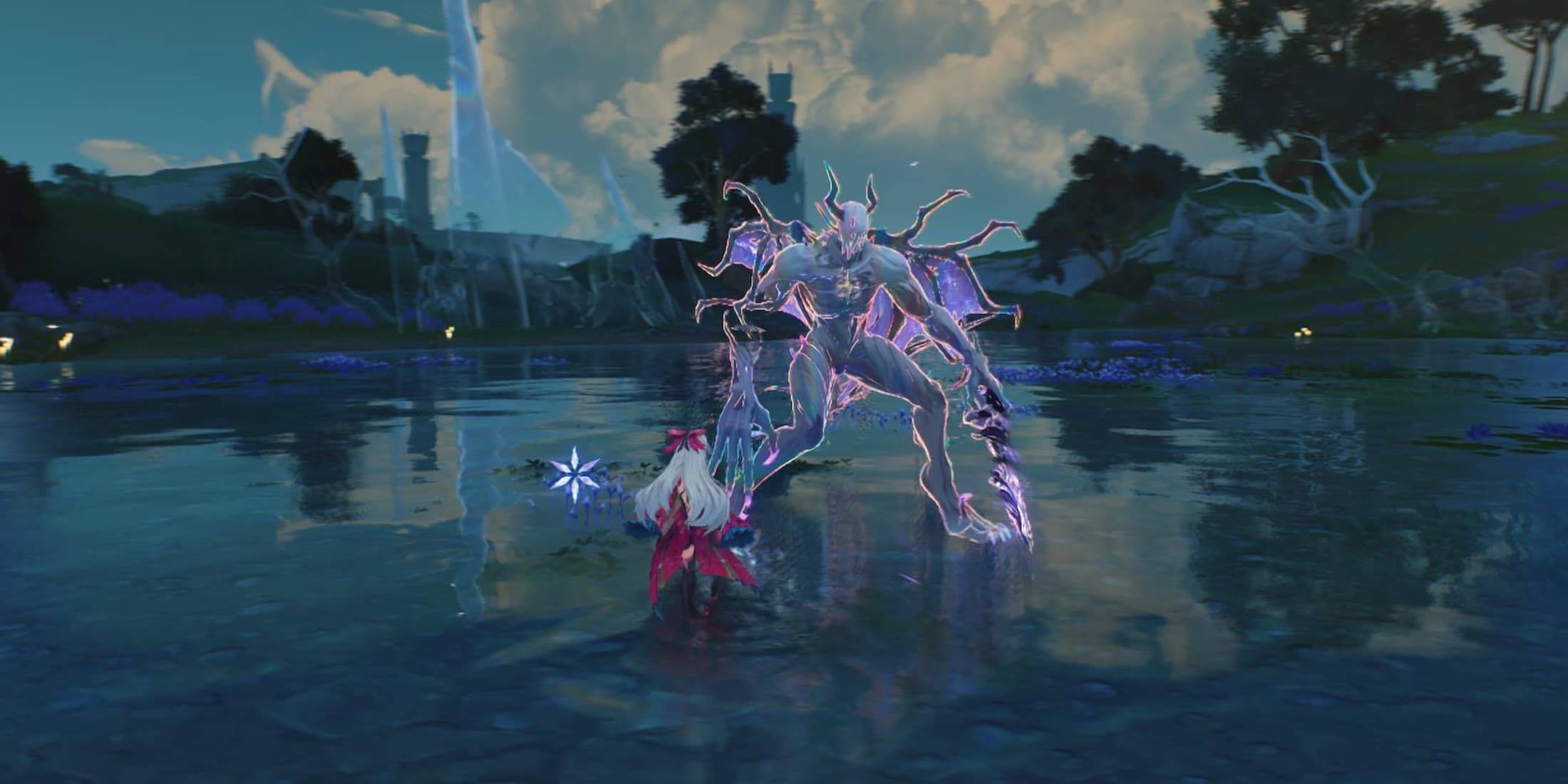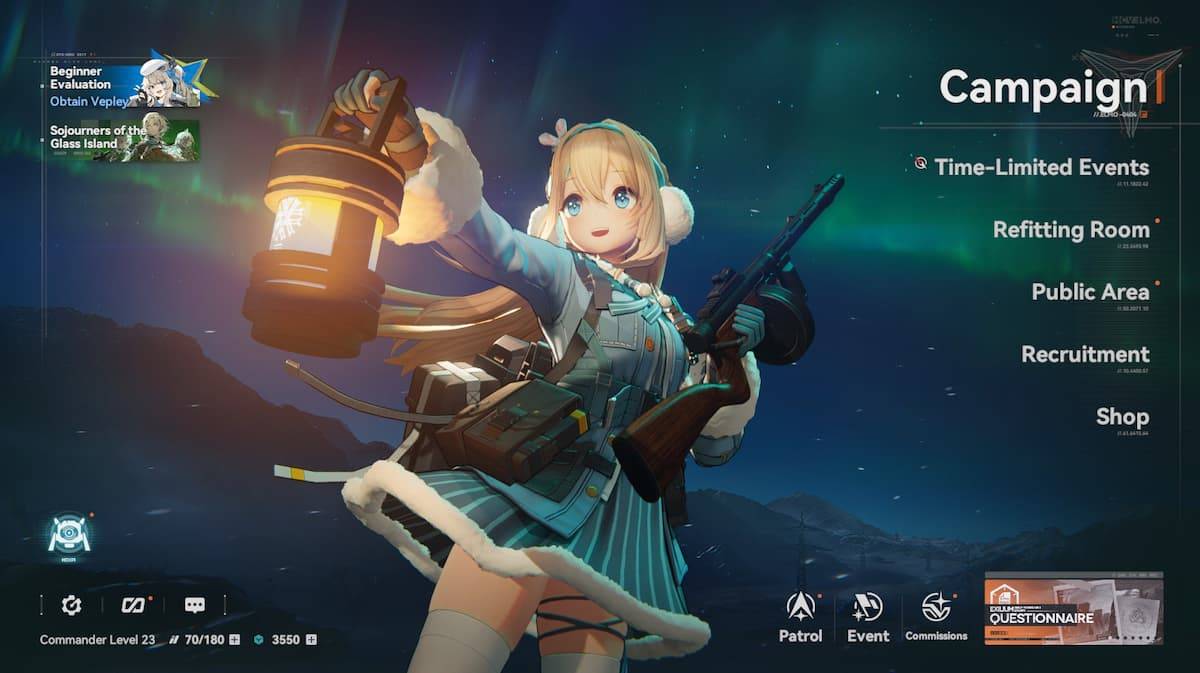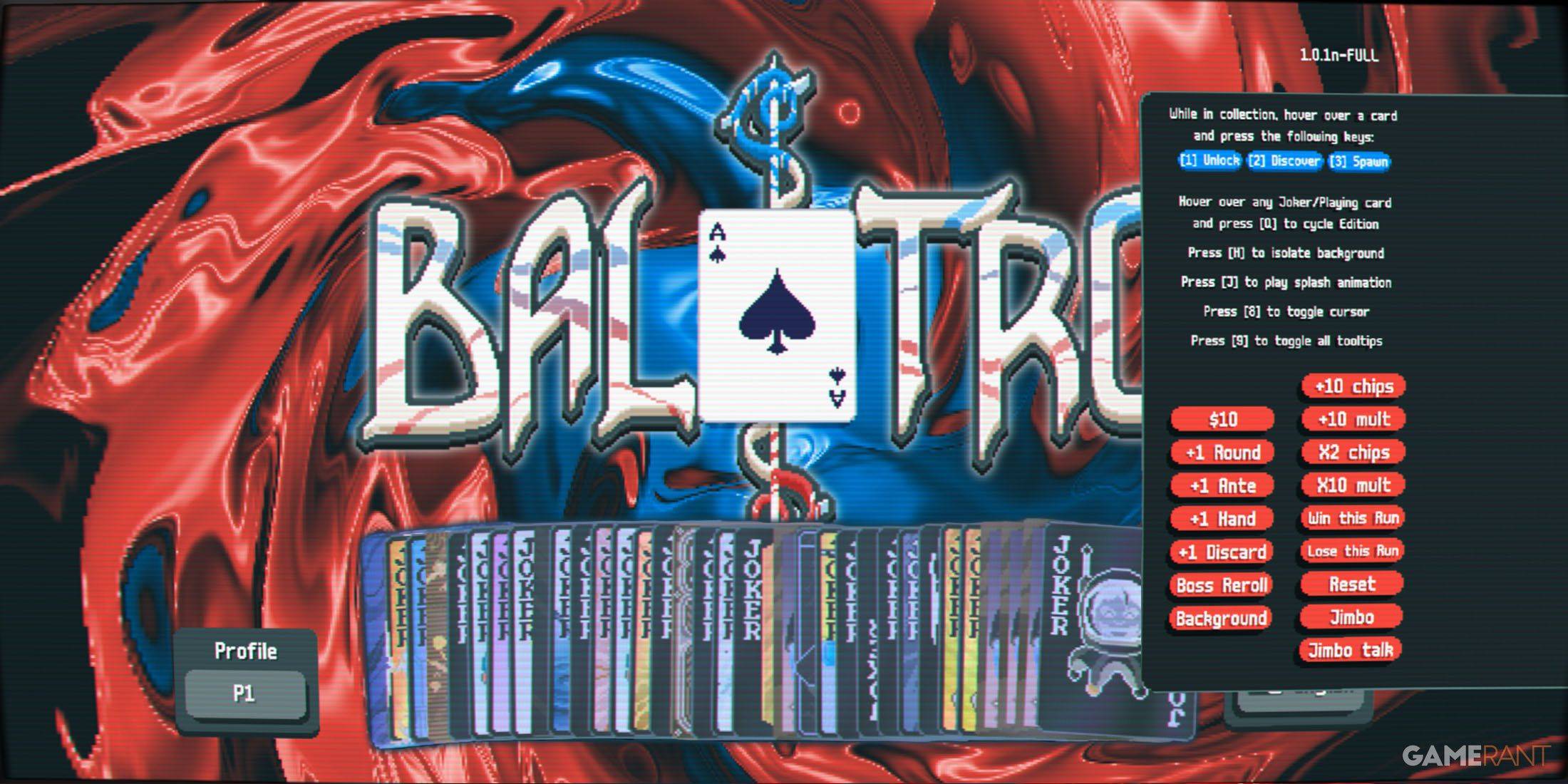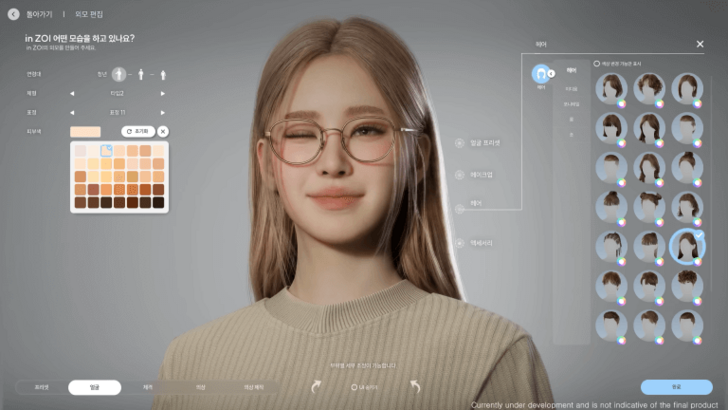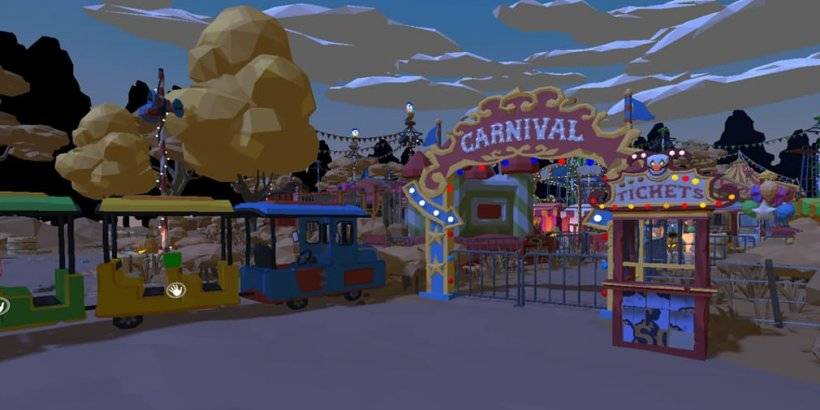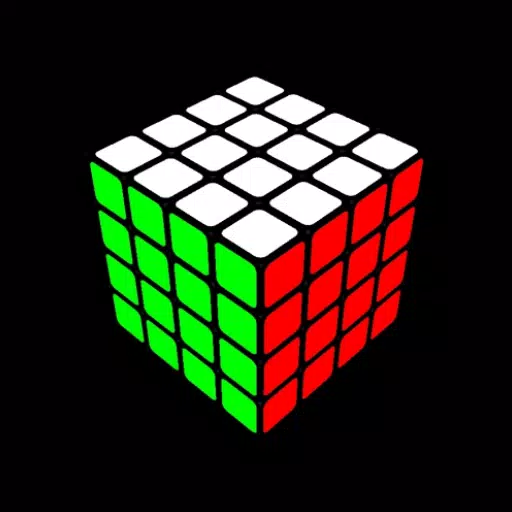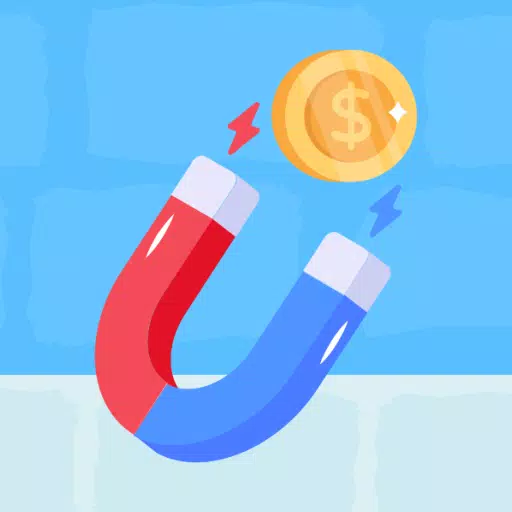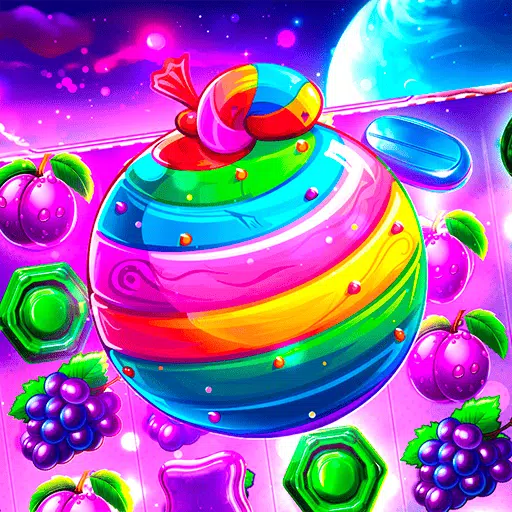"Devs Explain Console 'Eslop' Overload and Potential Game Takedowns"
In recent months, users of the PlayStation Store and Nintendo eShop have noticed a troubling trend: an influx of what they're calling "slop." These games, often referred to as low-quality or misleading, are filling up these digital marketplaces, particularly affecting sections like PlayStation's "Games to Wishlist." Both Kotaku and Aftermath have covered this issue, emphasizing how the eShop is increasingly showcasing games that utilize generative AI and deceptive store pages to lure unsuspecting buyers into purchasing substandard products.
These "slop" games are not merely poor quality; they represent a different kind of problem. They are typically simulation games that are perpetually on sale, often mimicking themes and even names of popular titles. Their store pages are filled with hyper-stylized art and screenshots that suggest the use of generative AI, but the actual gameplay often fails to match these promises. These games are frequently buggy, with unresponsive controls and minimal engaging content.
The issue is compounded by the fact that a small number of companies seem to be churning out these games relentlessly. As noted by YouTube creator Dead Domain, these companies are elusive, often lacking public websites or clear business information, and sometimes changing their names to avoid accountability.
User frustration has grown, with many calling for better regulation of these storefronts to curb the spread of "AI slop." This is particularly pressing given the deteriorating performance of the Nintendo eShop, which is becoming increasingly slow and cumbersome as it's flooded with these games.
To understand why these games are proliferating on PlayStation and Nintendo's platforms while seemingly less so on Steam and Xbox, I spoke to eight individuals in game development and publishing. They provided insights into the game certification process across these platforms, which may explain the varying levels of "slop" presence.
The Magical World of Cert
The process for getting a game onto any of the four major storefronts—Steam, Xbox, PlayStation, and Nintendo Switch—begins with a pitch to the platform holders. Developers or publishers must describe their game and its technical requirements, which are then reviewed during the certification (or "cert") process. This checks whether the game meets specific technical standards, such as handling save corruption or controller disconnections. While Steam and Xbox publish some of these requirements publicly, Nintendo and Sony do not.
Certification also ensures that games comply with legal standards and age ratings. However, it's not a quality assurance check; that responsibility falls on the developers and publishers before submission. If a game fails cert, it must be resubmitted with issues resolved, though developers often receive only error codes without detailed explanations, especially from Nintendo.
Front and Center
Store pages are another critical aspect. All platforms require developers to use screenshots that accurately represent their games, but the review process varies. Nintendo and Xbox review changes before they go live, while PlayStation checks once near launch, and Steam reviews only initially. The standards for what counts as an accurate representation can be loose, allowing some games to slip through with misleading images.
Moreover, there are no specific rules against using generative AI in game development or store page assets across the console platforms, though Steam asks developers to disclose its use.
Eshop to eslop
The reasons behind the flood of "slop" on PlayStation and Nintendo's stores, while less so on Xbox and Steam, are multifaceted. Xbox's game-by-game vetting process makes it harder for low-quality games to proliferate. In contrast, Nintendo, Sony, and Valve approve developers or publishers once, making it easier for them to release multiple games that pass technical checks but may be of low quality.
Nintendo's approval process is particularly vulnerable to exploitation, with developers noting that once approved, they can release almost any game. Some developers exploit this by releasing bundles that stay at the top of sales and new releases pages through continuous discounting.
On PlayStation, the "Games to Wishlist" section, sorted by release date, often showcases these games, pushing higher-quality titles down the list. Steam, despite having a large number of games, benefits from robust discovery tools and a constantly refreshing new releases section, which helps mitigate the visibility of "slop." Nintendo, however, simply lists all new releases in an unsorted manner, exacerbating the issue.
All Games Allowed
Users have been vocal about wanting better regulation from Nintendo and Sony to address this issue. However, the developers and publishers I spoke with were skeptical about significant changes, especially from Nintendo, whose store experiences have historically improved only marginally with each console generation.
Sony has previously addressed similar issues, notably in 2021 when it cracked down on "spam" content. There's hope that it might take action again. Yet, there's also concern that overly aggressive regulation could harm legitimate indie games, as seen with Nintendo Life's "Better eshop" initiative, which faced backlash for misclassifying games.
Developers also expressed sympathy for the platform holders, recognizing that the task of sifting through countless game submissions to differentiate between legitimate projects and "slop" is challenging. Ultimately, the goal is to strike a balance between allowing creative freedom and preventing cynical cash grabs.
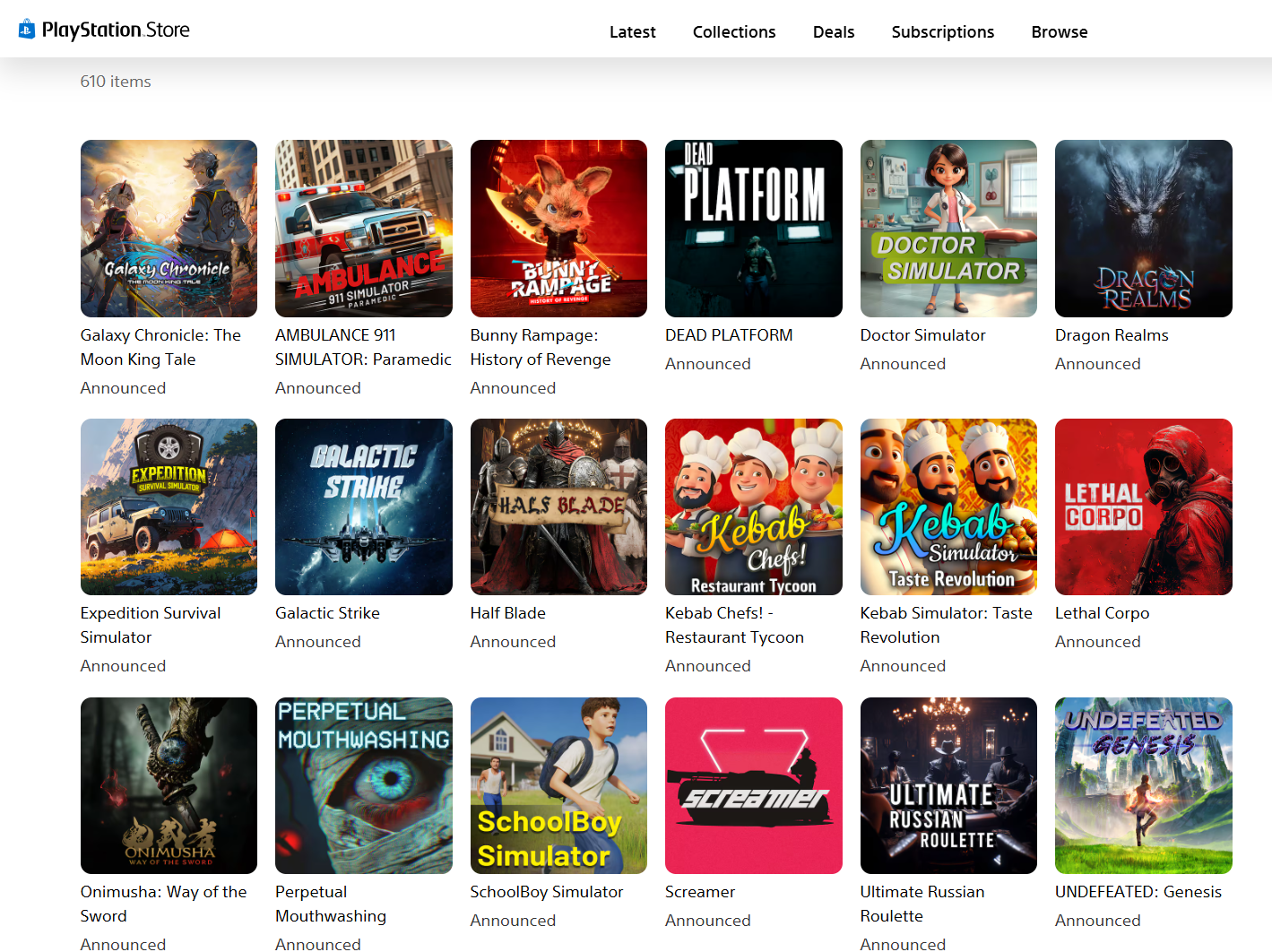
The 'Games to Wishlist' section on the PlayStation Store at the time this piece was written.
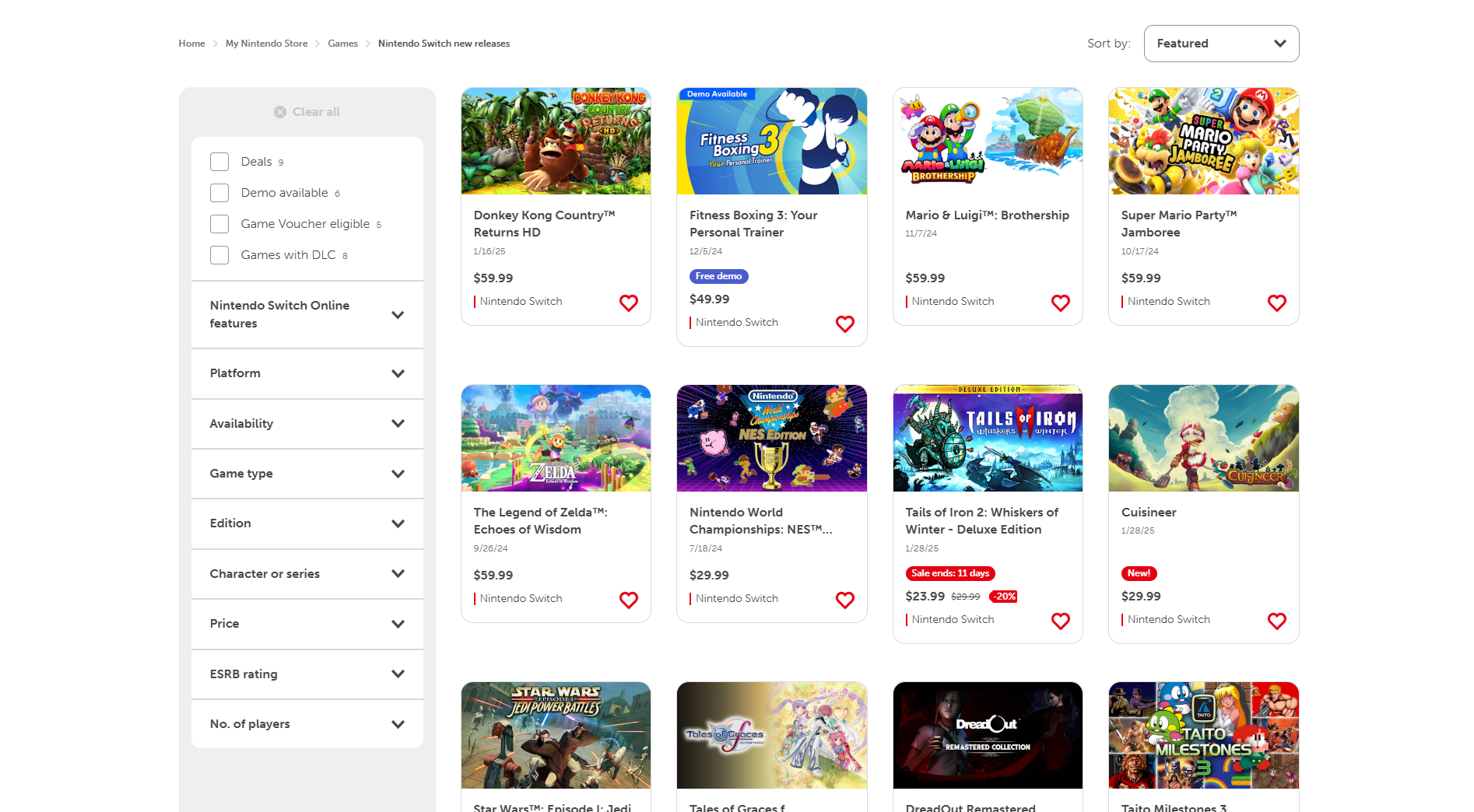
Nintendo's browser storefront is...fine, honestly?
Latest Articles




![Taffy Tales [v1.07.3a]](https://imgs.anofc.com/uploads/32/1719554710667e529623764.jpg)
